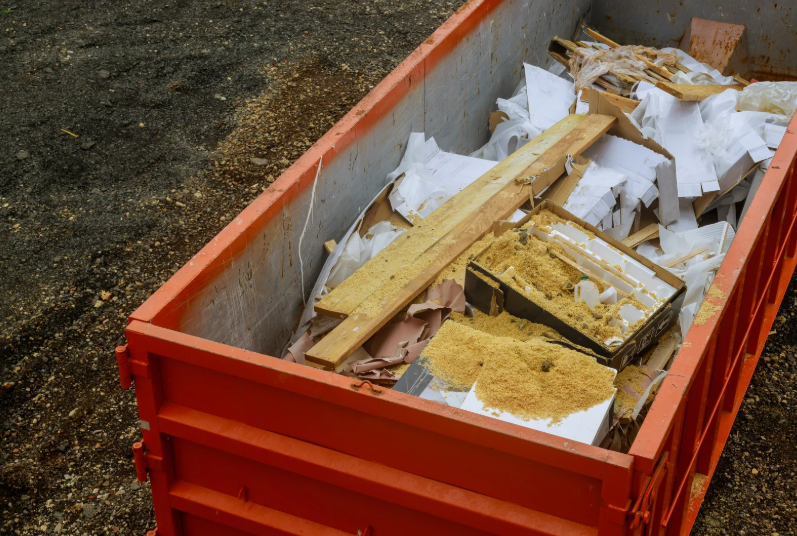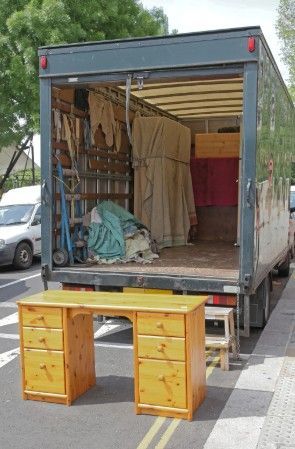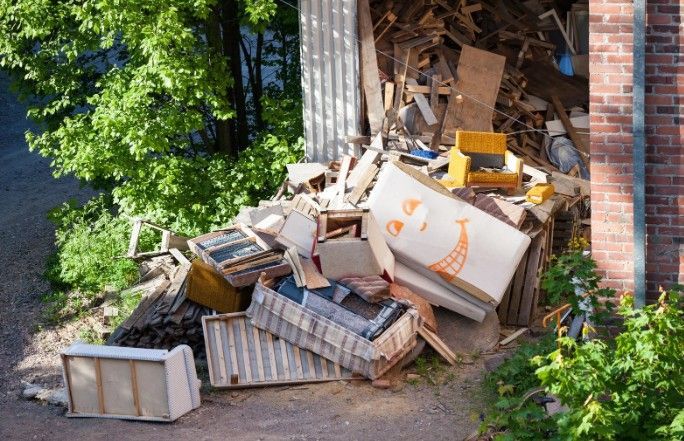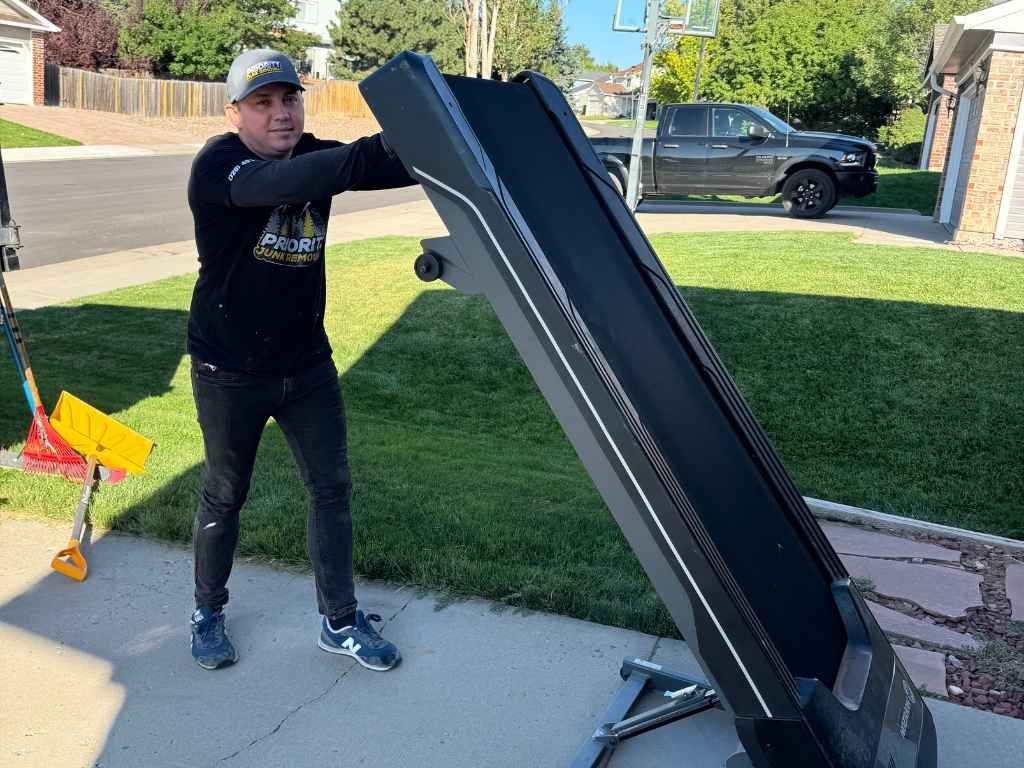Dealing with Unwanted Junk After a Renovation
cYou’ve finally done it. That long-awaited home renovation is complete, and now you can finally kick back and enjoy the fresh look of your upgraded space. But before you can pop open a bottle of champagne and admire your hard work, there’s a lingering problem staring you right in the face — piles of junk. Scraps of drywall, broken tiles, discarded wood, empty paint cans, and that mysterious piece of hardware you’re sure you didn’t even buy — all sitting there, cluttering up your newly transformed space. The renovation might be over, but the mess it left behind is very much alive and kicking.
Renovation Junk is More Complex Than Regular Trash
Renovation waste isn’t your average household garbage. It’s heavier, bulkier, and often contains materials that can’t be tossed in a regular trash bin. We’re talking about concrete chunks, plasterboard, old cabinetry, and leftover insulation — not exactly the kind of stuff that fits neatly into a garbage bag. On top of that, many renovation materials are considered hazardous or environmentally sensitive, meaning you can’t just dump them at the curb and call it a day.
Certain materials require special handling due to potential environmental risks. For example, treated wood, lead-based paint residues, and old insulation materials can release harmful substances if improperly discarded. Then there’s the issue of sheer volume. A few bags of debris? Manageable. An entire room’s worth of old flooring, drywall scraps, and broken tiles? Not so much. Without the right tools and disposal methods, you could find yourself making endless trips to the landfill — and that’s before you even start worrying about the environmental impact.
The Environmental Impact of Renovation Waste

Let’s talk about the elephant in the room — sustainability. Home renovations generate a significant amount of waste, much of which ends up in landfills. According to the Environmental Protection Agency (EPA), construction and demolition debris make up more than 500 million tons of waste each year in the United States alone. That’s more than twice the amount of municipal solid waste produced annually.
Throwing renovation junk into the landfill isn’t just inefficient it’s harmful. Materials like treated wood, plastics, and certain types of insulation release harmful chemicals into the ground and air as they break down. Plus, many materials, such as metal, wood, and glass, are recyclable. The problem is that separating and sorting recyclable materials from general construction debris takes time and effort — two things you probably don’t have much of after a major renovation.
Sorting and Recycling: A Tedious but Necessary Process
Recycling construction debris sounds like a responsible and eco-friendly solution, but the reality is often more complicated. After a renovation or demolition, the sheer volume of waste and the complexity of sorting materials can make recycling feel like a logistical nightmare. From figuring out which materials can be recycled to finding the right facilities, it’s easy to see why so much construction debris ends up in landfills.
- Material Separation: Separating construction debris is not as simple as tossing items into different bins. Wood, metal, concrete, and plastic all need to be separated carefully, and some facilities won't accept mixed loads. This means you might need to spend extra time sorting materials and ensuring they meet the recycling center's specific guidelines.
- Treated and Composite Materials: Treated lumber, adhesives, and composite materials present additional challenges because of the chemicals used in their production. Pressure-treated wood, for example, can’t be recycled alongside untreated wood due to the presence of preservatives and chemicals. The same goes for composite materials, which often combine different elements that are difficult to separate.
- Facility Restrictions: Not all recycling centers accept construction debris, and the ones that do often have specific rules about what they will take. Some centers may only accept certain types of metal or untreated wood, while others might have size or weight limitations. Finding a facility that matches your needs can take time and research.
- Labor-Intensive Process: Recycling construction debris isn’t just about dropping it off at a center — it often involves a lot of prep work. Removing nails, screws, and other fasteners from wood and metal takes time and effort. You may also need to clean off adhesives or finishes to meet recycling requirements, adding more work to an already exhausting project.
- Transportation Issues: Hauling large amounts of construction debris to a recycling facility is no small feat. You’ll likely need a truck or trailer, and some materials may require permits for transport. Additionally, recycling centers may charge fees for large or heavy loads, making it even more costly and inconvenient to recycle construction waste.
Safety Hazards Lurking in Renovation Junk
It’s not just about getting rid of the mess — it’s about protecting yourself and your family from potential hazards. Renovation debris is notorious for being dangerous to handle. Sharp nails, splinters, broken glass, and exposed screws can cause cuts and injuries. Heavy materials like concrete, tile, and wood can lead to back strain or more serious injuries if lifted incorrectly. Then there’s the dust. Renovation dust often contains harmful particles like silica, which can cause respiratory issues if inhaled.
Old insulation materials might release fiberglass particles into the air, leading to skin irritation and breathing problems. And let’s not forget about mold — any moisture-trapped debris can become a breeding ground for mold and mildew, creating long-term health risks. This is why proper handling and disposal are so important. Tossing everything into a dumpster without protective gear or strategic sorting could expose you to injury and health risks. Safety isn’t just a suggestion when it comes to renovation junk — it’s a requirement.
The Time Factor: Why DIY Cleanup Rarely Works
Time is a precious commodity, especially after a ren
ovation. You’ve likely spent weeks (or months) dealing with contractors, design decisions, and unexpected setbacks. The last thing you want to do is spend more time hauling junk out of your house. Yet, that’s exactly what happens when you try to tackle post-renovation cleanup on your own.
Between renting a dumpster, sorting materials, figuring out local disposal regulations, and physically hauling the debris away, you could easily spend days — even weeks — trying to clear out the mess. And that’s assuming you have access to the right tools and vehicles for the job. Renovation junk isn’t the kind of thing you can toss in the trunk of your car and drop off at the dump. It requires heavy-duty hauling equipment, protective gear, and a solid understanding of local waste management laws.
Professional Junk Removal Makes Sense
Let’s be honest — the DIY route sounds noble, but it’s rarely practical. That’s why professional junk removal services exist. When you hire a team of professionals, you’re not just paying for someone to haul away debris — you’re investing in efficiency, safety, and peace of mind.
Professional junk removal teams have the equipment, experience, and manpower to handle post-renovation cleanup quickly and safely. They know how to sort materials for recycling, identify hazardous waste, and dispose of everything according to local regulations. More importantly, they do it all without you having to lift a finger.
Instead of wasting weekends trying to figure out which pieces of wood can be recycled or making trip after trip to the landfill, you can make one phone call and have the job handled in a matter of hours. No heavy lifting, no confusing recycling guidelines — just a clean, debris-free space ready for you to enjoy.
What to Expect From a Professional Junk Removal Service
A professional junk removal service will typically assess the scope of the job first. They’ll estimate the volume of debris, identify any hazardous materials, and determine the best disposal methods. From there, they’ll handle the heavy lifting — literally — loading up all the junk and hauling it away.
The best part? They’ll handle sorting and recycling for you. Reusable materials will be separated and delivered to the appropriate facilities, while non-recyclable waste will be disposed of responsibly. Most services can handle a wide range of materials, including:
- Drywall and plaster
- Wood and lumber
- Metal fixtures
- Concrete and bricks
- Tiles and flooring
- Old cabinetry and countertops
You won’t have to worry about what goes where — they’ll take care of all the details. And once the debris is gone, you’ll finally be able to enjoy your newly renovated space without the clutter and chaos.
Conclusion
Post-renovation cleanup doesn’t have to be a nightmare. Professional junk removal services can take the hassle, stress, and confusion out of the process, leaving you with a clean and clutter-free home. Priority Junk Removal is your go-to solution for fast, reliable, and eco-friendly junk removal. Located at 6091 South Spotswood Street, Littleton, Colorado 80120, they specialize in handling renovation debris of all kinds. Give them a call at 720-451-1359 or email priorityjunkremoval@gmail.com to schedule your cleanup today — because your new space deserves to be seen, not hidden under a pile of junk.











